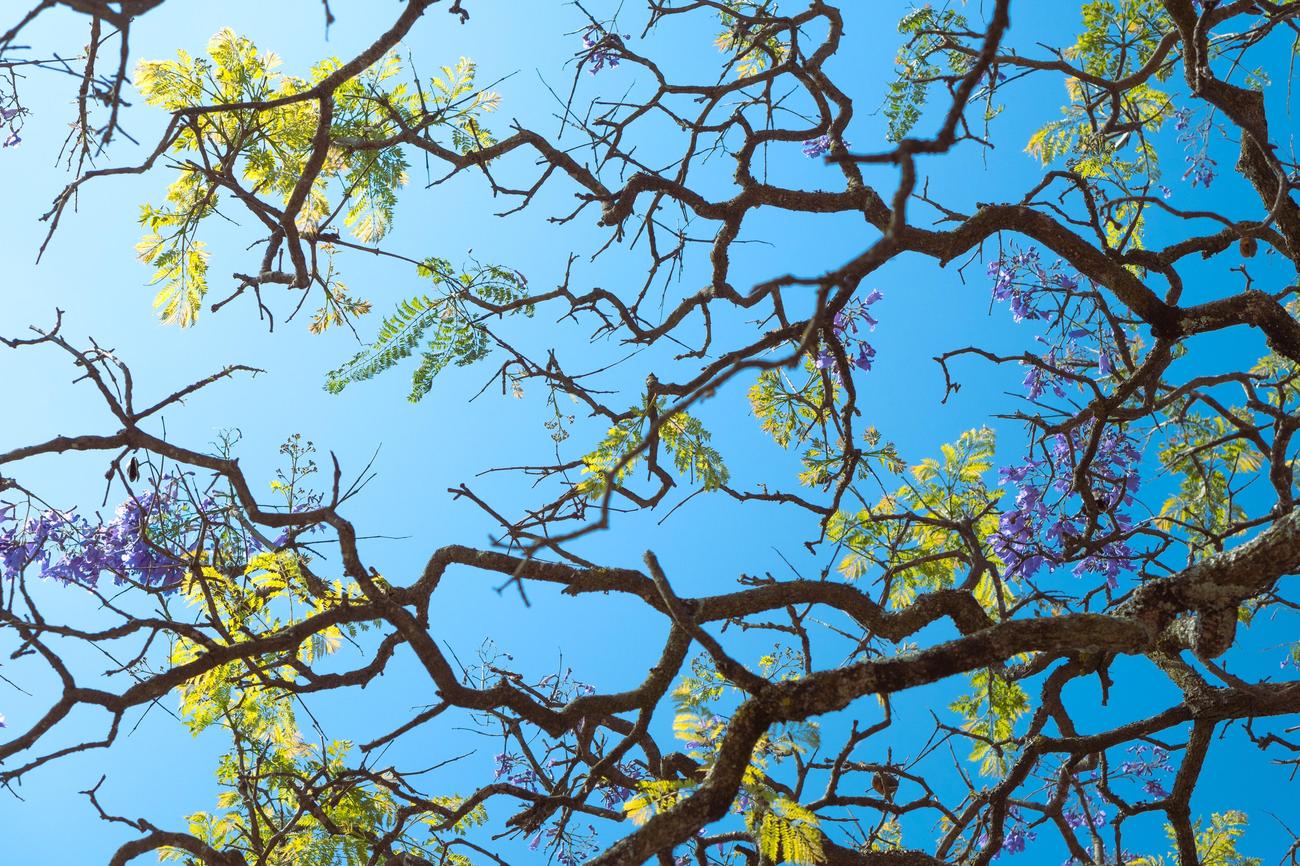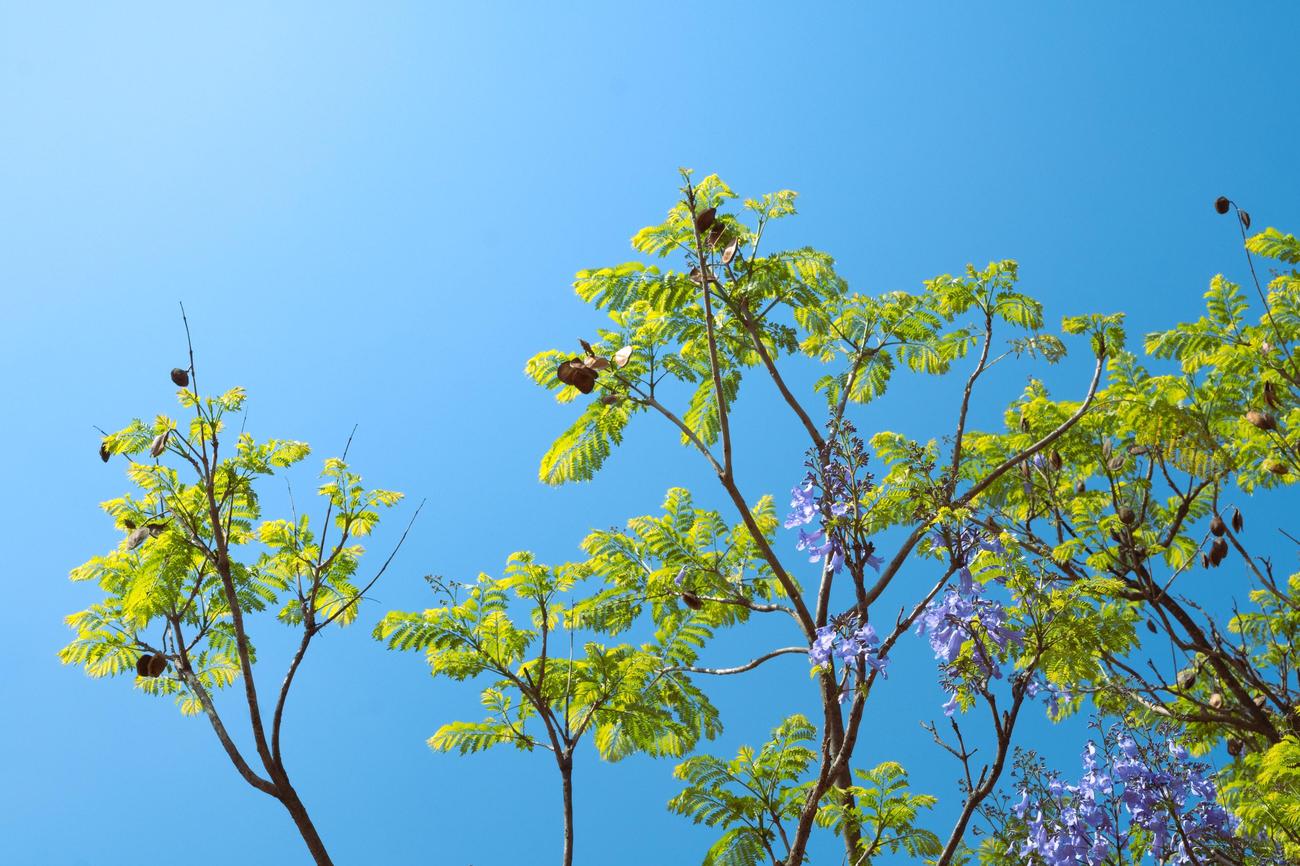In the mysterious chaparral, where plants thrive under sunny skies and a sneaky rain, animals have learned to eat whatever they can find. From tasty plants to juicy insects, there’s a whole buffet of options waiting for them. Come with us on an adventure to discover how this smorgasbord helps animals survive and thrive in this fascinating ecosystem.

How a Varied Diet Gives Animals a Leg Up in the Chaparral Biome
Imagine a neighborhood where food options are scarce and the weather’s unpredictable—kind of like the chaparral biome. Animals that call this rugged place home have figured out a clever way to survive: they mix things up in their diets.
Why is this Variety a lifesaver?
1. Feasting on What’s Available
When the seasons change in the chaparral, so does what’s on the menu. Summer turns the landscape into a sizzling hotbox, while winter brings some relief. Animals that rely on one dish may find their options dwindling in certain seasons. But those that have a varied diet can switch gears and munch on whatever’s available.
2. Energy Smarts
Hunting and foraging can be exhausting, especially when you’re on the lookout for just one type of food. But animals in the chaparral have a trick up their sleeves. By eating a wide range of things, they can get all the nutrients they need without spending hours chasing after a specific treat. It’s like having a well-stocked pantry, only in their bellies!
3. Playing Nice with Neighbors
Life in the chaparral is tough enough without animals fighting over food. That’s why a varied diet helps animals avoid arguments. By munching on different things, they can steer clear of competing for the same scarce resources. And when harmony reigns, everyone has a better chance of survival.
Here’s a closer look at how some animals thrive with their versatile menus:
| Animal | Diet |
|---|---|
| California Quail | Seeds, insects, fruit, small lizards |
| Coyote | Rodents, rabbits, deer, birds, fruit |
| Mule Deer | Leaves, twigs, grasses, succulents |
| Acorn Woodpecker | Acorns, insects, sap, fruits |
The next time you’re enjoying a meal, spare a thought for the animals of the chaparral biome. Their ability to adapt to the challenges of their environment, including their clever approach to diet, is a testament to the resilience and ingenuity of the natural world.
The chaparral biome is a fascinating ecosystem filled with unique plant and animal species. If you’re curious to discover some fun facts about this intriguing biome, you’re in for a treat! Click here to unveil intriguing tidbits and surprising trivia about the chaparral biome: fun facts about the chaparral biome. As you delve into this captivating world, prepare to be amazed by the resilience of its inhabitants and the remarkable adaptations that allow them to thrive in this arid environment. Don’t miss out on the opportunity to explore the wonders of the chaparral biome!

How Does a Varied Diet Help Animals Survive in the Chaparral Biome?
Picture this: you’re in a wild, rugged land where summer days are scorching and water’s a precious treasure. That’s the chaparral, a tough neighborhood for animals. But here’s where they’ve got a secret weapon—a diverse diet that helps them weather the ups and downs of this unforgiving landscape.
Variety is Key in the Chaparral
Imagine a buffet with all your favorite foods, and that’s what the chaparral ecosystem offers its animal residents. They’ve got a menu that would satisfy any taste bud: insects, juicy fruits, plump seeds, and even tiny creatures. But why the variety?
It’s all about survival. By keeping their options open, animals can adapt to the changing seasons and unpredictable food availability. When the lush greenery sprouts in the wet season, deer and rabbits feast on the tender plants. But come the dry spell, they turn to shrubs and trees for a crunchy snack.
The Benefits of a Varied Diet
Just like a healthy diet is essential for us humans, a varied one is a lifesaver for animals in the chaparral. Here’s how it helps them thrive:
- Nutrient Boost: With a mixed bag of foods, animals can get all the vitamins, minerals, and energy they need to stay strong and healthy.
- Competition Crusher: Different diets mean different food sources, so animals can avoid squabbling over the same goodies. It’s like a dinner party where everyone brings their favorite dish, eliminating any food envy.
- Survival Lifeline: In the unforgiving chaparral, where food can be scarce, a varied diet ensures animals have something to munch on even during tough times. It’s like having a secret stash of treats to get them through the lean months.
Meet the Chaparral Animals’ Dining Habits
Let’s peek into the culinary world of the chaparral creatures. Squirrels and woodpeckers are clever hoarders, known for their impressive food caches. They store away nuts and acorns for a rainy day when food might be hard to come by.
Opportunistic feeders like coyotes, bobcats, and raptors are always on the lookout for whatever they can sink their teeth into. From juicy berries to small rodents, these animals adapt their menus to whatever’s available.
Conclusion
In the unpredictable chaparral biome, a varied diet is the ultimate survival strategy for its animal residents. It’s a buffet of flavors and nutrients that keeps them thriving, adaptable, and resilient in the face of environmental challenges. So next time you’re in the wild, marvel at the incredible power of diversity that sustains the creatures of the chaparral.
What are the specific adaptations that allow animals to thrive in the chaparral biome?
Imagine yourself in the chaparral, a land of tangled shrubs and unpredictable weather. Here, creatures have evolved extraordinary ways to survive and thrive.
One of their secrets is their ability to eat whatever they can find. When the rainy season blesses them with juicy fruits and buds, they feast. But when drought strikes, they switch to seeds, bugs, and even leaves. This dietary flexibility makes sure they never go hungry.
It’s like having a pantry full of different snacks that you can grab whenever you need them. By changing their menu, they also conserve energy. Instead of spending all day hunting for their favorite food, they can make do with what’s available.
Animals in the chaparral have also learned to share the food without fighting. Each species has its own favorite dishes. For instance, quail love seeds and bugs, while coyotes prefer rodents and rabbits. It’s like they’ve made an unspoken agreement: “You take the seeds, we’ll take the meat.” This dietary partitioning keeps everyone happy and well-fed.
So, there you have it. The animals of the chaparral biome have become masters of adapting to the challenges of their environment. From their flexible diets to their shared dining arrangements, they have evolved to conquer the ups and downs of this enigmatic ecosystem.
How Does a Varied Diet Reduce Competition Among Different Species in the Chaparral Biome?
Picture this: you’re at a party where everyone’s fighting over the same pizza. It’s a mess, right? But what if there were different pizzas with different toppings? Everyone could find something they like, and there would be less fighting.
That’s exactly what happens in nature, especially in the chaparral biome. This shrubby, Mediterranean-type ecosystem is home to a diverse group of animals that need to share limited resources. So, how do they avoid a food fight? By eating a wide variety of things.
Let’s take coyotes and bobcats, for example. They’re both carnivores, but they don’t compete directly because they have different menus. Coyotes like to munch on smaller mammals like mice and rabbits, while bobcats go after bigger game like deer and squirrels. This way, they don’t get in each other’s way when hunting.
But it’s not just meat-eaters that benefit from a varied diet. Herbivores like deer and rabbits also eat different types of plants, reducing the competition for a particular food source.
So, here’s the scoop:
- Varied diets reduce competition for resources like food and water.
- Chaparral species have adapted to eat both plants and animals.
- Carnivores, like coyotes and bobcats, help keep the balance by controlling herbivore populations.
- Chaparral ecosystems provide important services like erosion control and habitat for wildlife.
In other words, eating a variety of foods is like having a big buffet where everyone gets a slice of the pie (or pizza) and no one goes hungry. And that’s a recipe for a thriving ecosystem in the chaparral biome.
FAQ
Q1: How does a varied diet provide an advantage to animals in the chaparral biome?
A1: A varied diet provides several advantages to animals in the chaparral biome. It helps them cope with seasonal changes in resource availability, conserves energy, and reduces competition with other species.
Q2: How have animals in the chaparral biome adapted to the sparse and rugged terrain?
A2: Animals in the chaparral biome have adapted to the sparse and rugged terrain by becoming agile climbers, foraging over larger areas, and varying their diet to include scrubby brush lands.
Q3: How does resource availability influence the importance of a varied diet in the chaparral biome?
A3: Resource availability in the chaparral biome is characterized by hot, dry summers and mild, wet winters. This makes a varied diet crucial for obtaining a diverse range of nutrients, as different plants and animals are available at different times of the year.
Q4: How does a varied diet allow animals to conserve energy in the chaparral biome?
A4: A varied diet allows animals to conserve energy by obtaining a diverse range of nutrients from different food sources. This reduces the need for extensive foraging and allows animals to spend more time resting or engaging in other activities.
Q5: How does a varied diet reduce competition among animal species in the chaparral biome?
A5: A varied diet reduces competition among animal species by allowing them to utilize a wider range of resources. This reduces the likelihood of two species competing for the same limited food sources.
- Mastering Leader in Spanish: The Complete Guide - April 19, 2025
- Uncovering Surprising Parallels: England Size Compared to US States - April 19, 2025
- Old Mexico Map: Border Shifts 1821-1857 - April 19, 2025
















